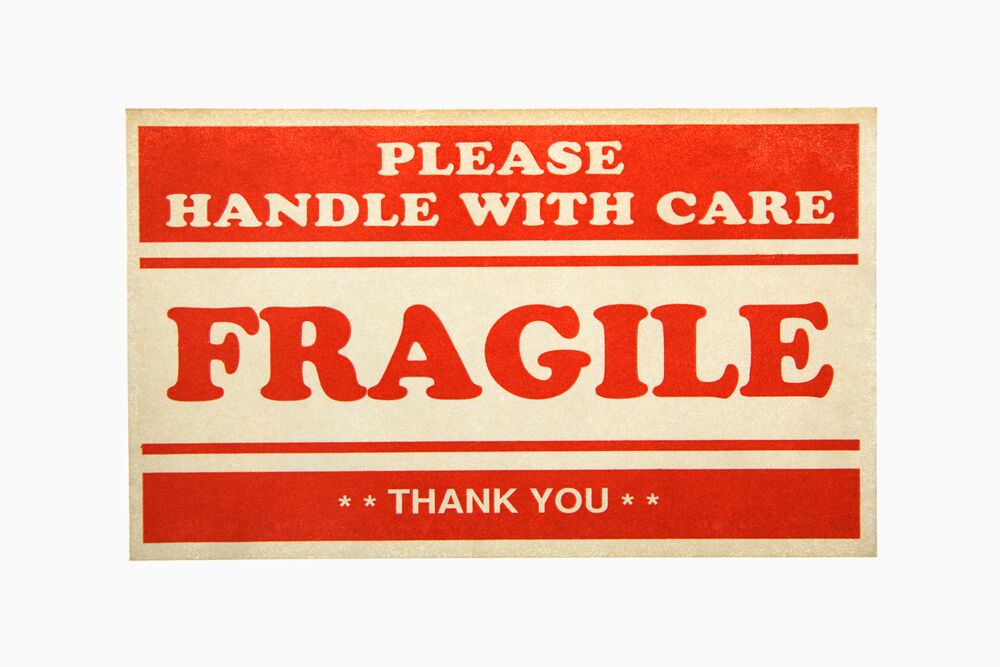Companies that sell breakable and fragile items have a fairly big task ahead of them that other companies don’t have to deal with – how to package the products without risking damage in transport. Regardless if it’s glass or similar material, or some sort of sensitive electronic device, the risk of damage during transport is a real and annoying threat.
However, people are very resourceful. Over time, there have been several good options which have proven to be very effective as well as financially viable. Companies like https://www.boxcoop.com/ offer numerous packaging solutions depending on the industry and the product being packaged.
Table of Contents
Corrugated Cardboard Boxes
Corrugated cardboard is really good at absorbing impacts, which means that it will keep items you need to ship out as safe as possible. The key is the structure of the corrugated cardboard. The top and bottom flat surfaces are separated by a rippled, or corrugated middle layer which largely consists of air, making it good at absorbing impacts.
However, the material itself isn’t going to be enough to protect the items inside if the box opens unexpectedly. That’s why there are different box styles which have different closing mechanisms. Boxes containing fragile and breakable items usually need to be both closed with these mechanisms and with a help of some kind of adhesive.
Partitioning the Box
When packaging multiple items in the same box, there is a simple solution which ensures that the items stay in place and that no sliding or tumbling can occur. Box partitioning is simple yet effective. As mentioned above, corrugated cardboard boxes can take a lot of damage without damaging the product which is being packaged in them because the box itself is able to absorb a lot of the impact.
The partitions are also made from this material, which creates small chambers with very little room to move, but with plenty of absorption ability. This packaging method is suitable for items like bottles, lightbulbs and similar items, not only keeping them safe, but also giving your package an organized appearance. However, this method can be adapted to store items with irregular shapes as well.
Packaging Peanuts
You are certainly familiar with these polystyrene bits because they are used to protect a lot of items. The principle is similar to the principle of the box partitioning. These peanuts are capable of absorbing a lot of damage because there’s a lot of empty space between the individual peanuts, as well as thanks to the material they are made of, which is also flexible.
However, these packaging peanuts do come with a caveat. They are non-biodegradable and most people tend to throw them away after a single use. Once discarded, packaging peanuts find their way into the environment where they pose a great risk to the living creatures, particularly the aquatic ones who mistake them for food and die after eating them. Fortunately, this is being addressed by the manufacturers who have started making biodegradable packaging peanuts to help save the environment.
Bubble Wrap
Another well-known protection method is the bubble wrap, the favorite toy of many a child (and grownups as well). This plastic foil relies on small pockets of air to absorb the impacts and thus protect the package inside. It is largely used to protect electronic devices, but it can protect any fragile item if necessary.
However, the bubble wrap has the same problem as the packaging peanuts – it is not biodegradable, which makes it ill-suited to a modern company that wants to cultivate an image of an environmentally-friendly business.
Even though it may be a bit of a nuisance to package fragile items, there are plenty of options that you can use and deliver your products safe and sound into the hands of your consumers.



















